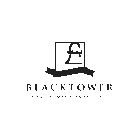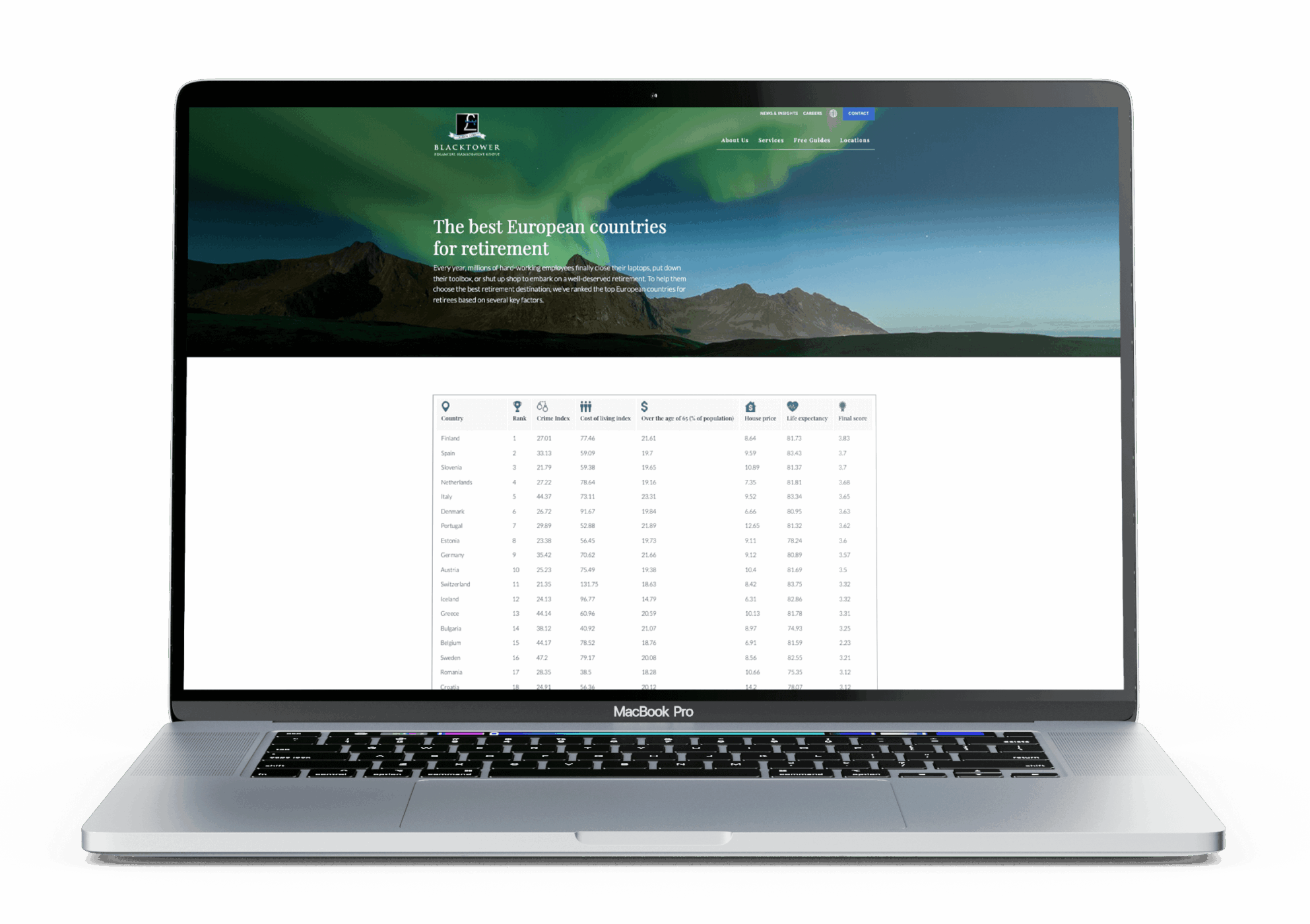Is it time for brands to switch to digital pr?
Having read and developed a deeper understanding of how digital PR works and differs from its traditional counterpart, would the transition be worth it? Looking at key components of digital PR, we now know shifting from traditional PR to digital can broaden your reach through a multitude of online channels and platforms, such as online national and regional newspapers, niche blogs, Instagram, TikTok, YouTube, and more.
Digital PR can help you reach a bigger audience by adapting your strategy to suit generations who are going more virtual. It can also prove to be more cost-effective, as you don’t have to spend your budget on product placements.
The practice of digital PR is to build backlinks through earned media, meaning you never pay for backlinks. They are organically picked up by the media, which builds trust.
The digital marketing world is expanding and growing, compared to the traditional marketing route, with print newspapers shutting down, and podcasts competing with radio channels. Choosing digital PR means you’ve got a chance to rank higher on the SERP, therefore building credibility through Google, which is important while competing against other brands going digital.
Recent data tells us Americans follow brands that they wish to purchase from in the future online and on social media channels. Choosing to opt out of digital PR can neglect customers and your target audience who are actively searching for your brand online.
We know from the GWI study that the majority of Americans who watch TV and read print newspapers are Baby Boomers (1946-1964), while generations from Gen-X and onwards spend their time virtually.
If you want to target Gen-X, millennials, Gen-Z or Gen-Y, the most well-informed decision would be to reach them on platforms they are utilizing, e.g., online publications, social media such as TikTok and Instagram, and streaming services.
In conclusion, depending on your target audience, transitioning from traditional to digital PR can prove hugely beneficial for your brand. This is especially applicable to businesses with a desire to develop their brand to fit current, dynamic American consumer behavior.












